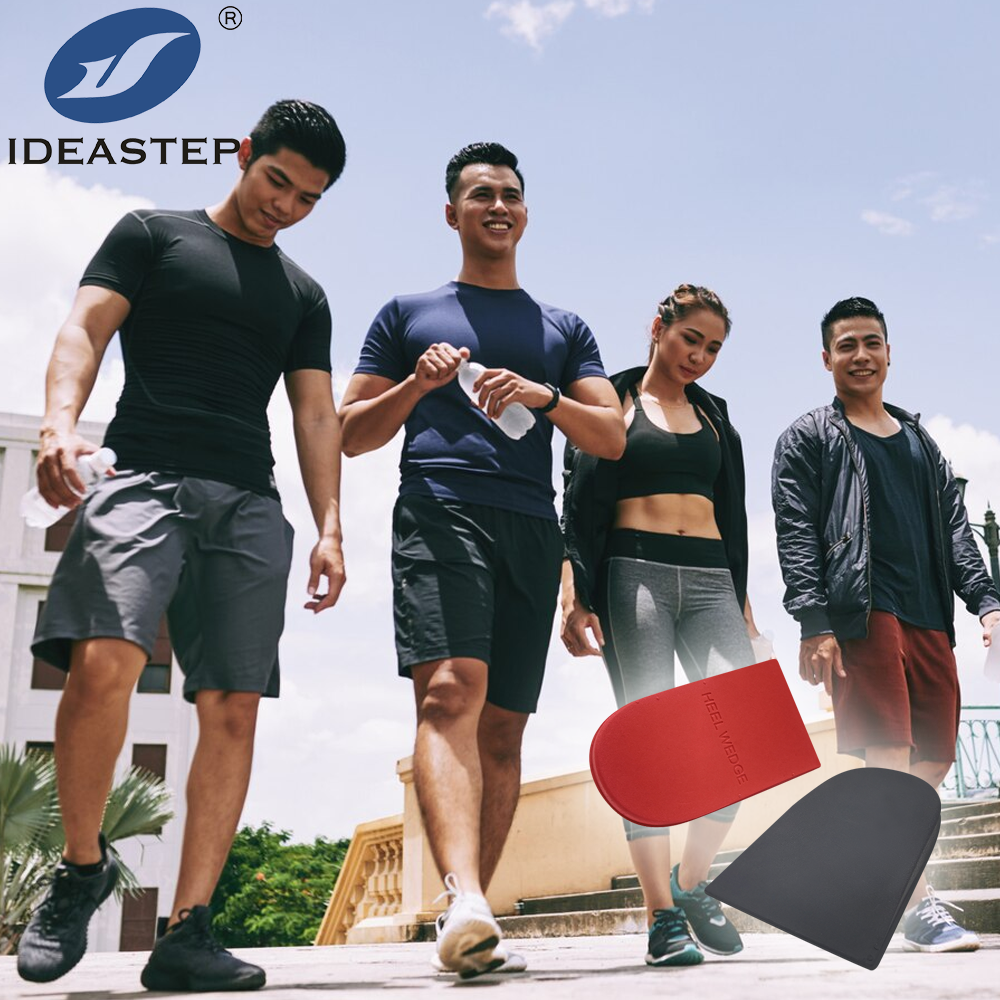In order to improve athletic performance and avoid injuries, it is essential to choose the right heel pads. Understanding the indispensable factors to consider while purchasing heel pads can help contenders and wellbeing aficionados with picking the best decision for their specific necessities and activities.
What to Consider When Purchasing Heel Cushions for Athletic Performance
Heel cushions improve athletic performance by providing support, cushioning, and shock absorption. They are especially critical for contenders who take part in high-impact sports or activities that put colossal load on the feet. Consider the following important factors when choosing the right heel cushion for your needs:

1. Material and Padding
The material and padding of heel cushions have a significant impact on both their display and their comfort. Gel, froth, and silicone are normal materials that give varying levels of support and shock absorption.
- Cushions for Gel Heels: They are ideal for high-impact sports due to their ability to cushion and absorb shock.
- Cushions for Foam Heels: Offer exceptional cushioning and comfort, suitable for moderate-impact exercises.
- Heel Cushions Made of Silicone: Due to their durability and firm support, they are ideal for sports that require stability and control.
2. Thickness of Heel Cushions
The support and comfort provided by heel cushions can be impacted by their thickness. Thicker pads provide more cushioning for activities that require a lot of running or jumping. However, excess thickness can affect the fit of your footwear and your overall stability.
- Thin Heel Cushions: Provide minimal padding but are great for improving the fit of tight shoes and providing moderate support.
- Medium Thickness Heel Pads: Offer a balance of cushioning and support that is suitable for most athletic activities.
- Heavy Duty Heel Pads: Provide maximum cushioning and shock absorption, making them suitable for high-impact activities or sports.

3. Arch Support
Proper arch support is crucial for maintaining foot alignment and reducing strain on the feet. Some heel cushions come with built-in arch support features that help in even distribution of pressure and prevent common foot issues.
- Integrated Arch Support: Helps maintain proper foot alignment and reduces the risk of overuse injuries.
- No Arch Support: Suitable for athletes who require basic cushioning but do not need additional arch support.
4. Footwear Compatibility
Check to see that the heel cushions you select are compatible with your athletic shoes. Heel cushions should fit snugly into your footwear without altering the fit or causing discomfort. Some heel pads are designed to be trimmed to fit different shoe sizes and styles.
- Full-Length Heel Cushions: Provide cushioning and support throughout the shoe, making them ideal for larger shoes.
- Partial Heel Cushions: Suitable for shoes with limited space and designed for a specific area of the heel.
- Adjustable or Trimmable Heel Cushions: Can be customized to fit different shoe sizes and shapes.

5. Durability and Longevity
The durability of heel cushions is a significant factor, especially for athletes who use them frequently. Heel cushions made of high-quality materials and construction ensure that they continue to provide reliable performance by maintaining their cushioning and support over time.
- High-Durability Materials: Look for heel cushions made from durable materials like silicone or high-density foam for long-term use.
- Reinforced Heel Pads: Feature extra reinforcement to withstand heavy use and high-impact activities.
6. Ease of Maintenance
Heel cushions should be easy to clean and maintain, especially if they are used frequently. Consider heel pads with antimicrobial properties or those that can be washed to keep them fresh and hygienic.
- Washable Heel Pads: Can be easily cleaned to remove dirt and sweat.
- Antimicrobial Properties: Help prevent odor and bacterial growth.

7. Cost vs. Performance
Balancing cost and performance is crucial when selecting heel pads. While higher-priced options may offer advanced features and better durability, there are also affordable options that provide adequate support and comfort. Assess your needs and budget to find the best value for your investment.
- Premium Heel Pads: Offer advanced features and superior performance but come at a higher cost.
- Budget-Friendly Heel Pads: Provide essential cushioning and support at a lower price point.
Choosing a Reputable Supplier for Heel Pads
When purchasing heel pads, it is essential to choose a reputable supplier such as Ideastep, which can offer high-quality products that are specifically designed to meet your athletic needs. A trusted provider can offer expert guidance and a range of options to ensure you find the best heel pads for your performance goals.

End
Selecting the right heel pads is critical for improving athletic performance and preventing injuries. By considering factors such as material, thickness, arch support, and compatibility, athletes can choose the best heel cushions for their activities and enhance their comfort. Whether you need minimal padding for a snug fit or maximum cushioning for high-impact sports, understanding these factors can help you make an informed decision.
FAQ
- What material is best for heel pads used in high-impact sports?
Gel and silicone heel pads are generally best for high-impact sports due to their excellent shock absorption and cushioning properties. - How thick should heel pads be for general athletic use?
For most athletic activities, medium-thick heel cushions provide a good balance between cushioning and support. - Is it worth the investment to get custom heel cushions?
Custom heel cushions offer tailored support and a precise fit, which can improve performance and comfort significantly.
